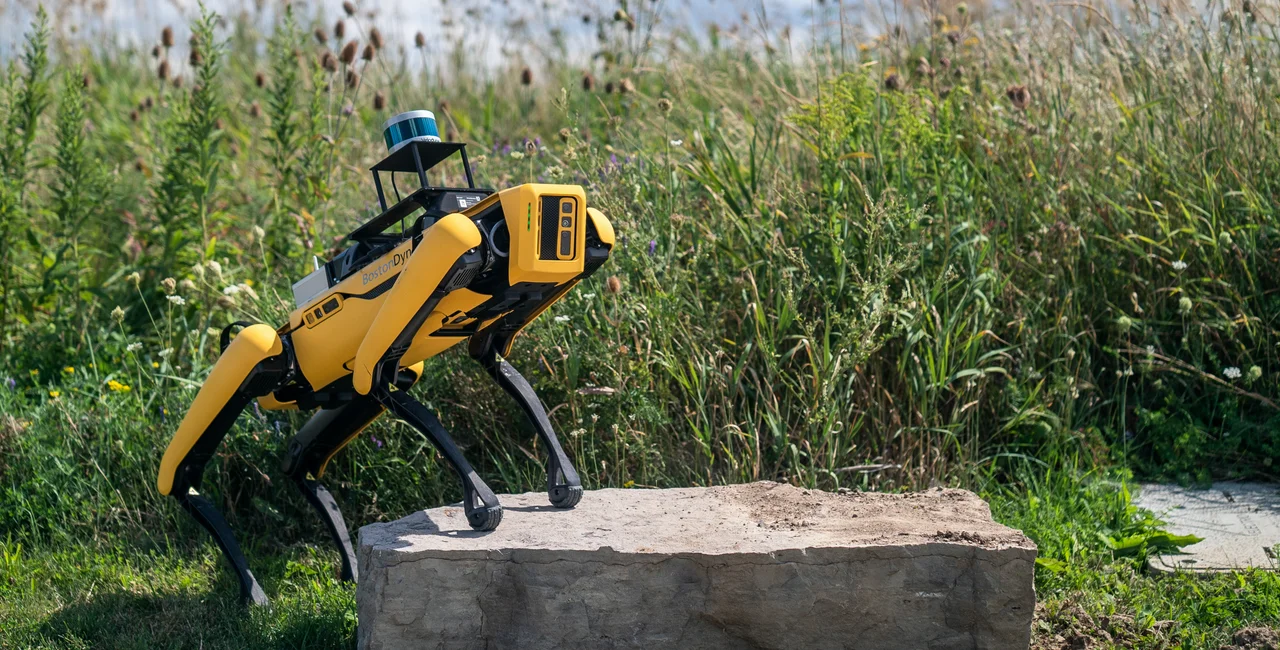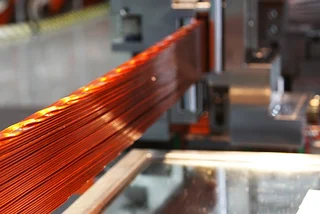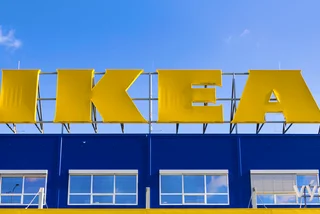Robotics researchers from Czech Technical University (ČVUT) in Prague have received the first commercially-available four-legged SPOT robot from Boston Dynamics. The university will equip it with various detectors to support the Czech team competing in the world DARPA Robotics Challenge.
The most unique feature of SPOT is that it can walk unhindered though most urban areas, climbing up stairs, through doorsteps, and over curbs without difficulties.
Some other wheeled and tracked robots also manage to do this well, but this is the first robot of its kind designed for commercial use, says Jan Faigl, head of the ČVUT robotics laboratory of artificial intelligence.
SPOT can also move quite fast, walking up to five kilometers per hour.
ČVUT researchers will also give it a kind of backpack allowing for deployment in unknown terrain. It will contain various sensors, like those used by parking assistants, and computing units.
As a result, this device will create a map of the robot's surroundings, allowing for its precise localisation, says Tomáš Svoboda, who leads ČVUT's CRAS-NORLAB team in the DARPA competition held by the U.S. Defense Advanced Research Projects Agency.
Additionally, cameras will allow SPOT to look around and automatically detect artifacts, he added.
The basic SPOT robot costs about 1.5 million crowns without the additional equipment.
In September, the Czech team will deploy SPOT and other robots in the DARPA final, attempting to defend their third place finish from the previous two rounds.
Even though the Czech team started as a self-financed body, their success made it eligible for DARPA prize money, which allowed the purchase of new equipment including SPOT.
The DARPA challenge is designed to simulate real-life rescue situations at disaster sites, and competing teams of robots have one hour to find as many artifacts as possible. These can be buried people, gas leaks, mobile phones, backpacks, and other items.
In the future, these cutting-edge robots are intended to assist human rescuers in real-life situations, exploring terrain too dangerous for humans.












 Reading time: 1 minute
Reading time: 1 minute 



















